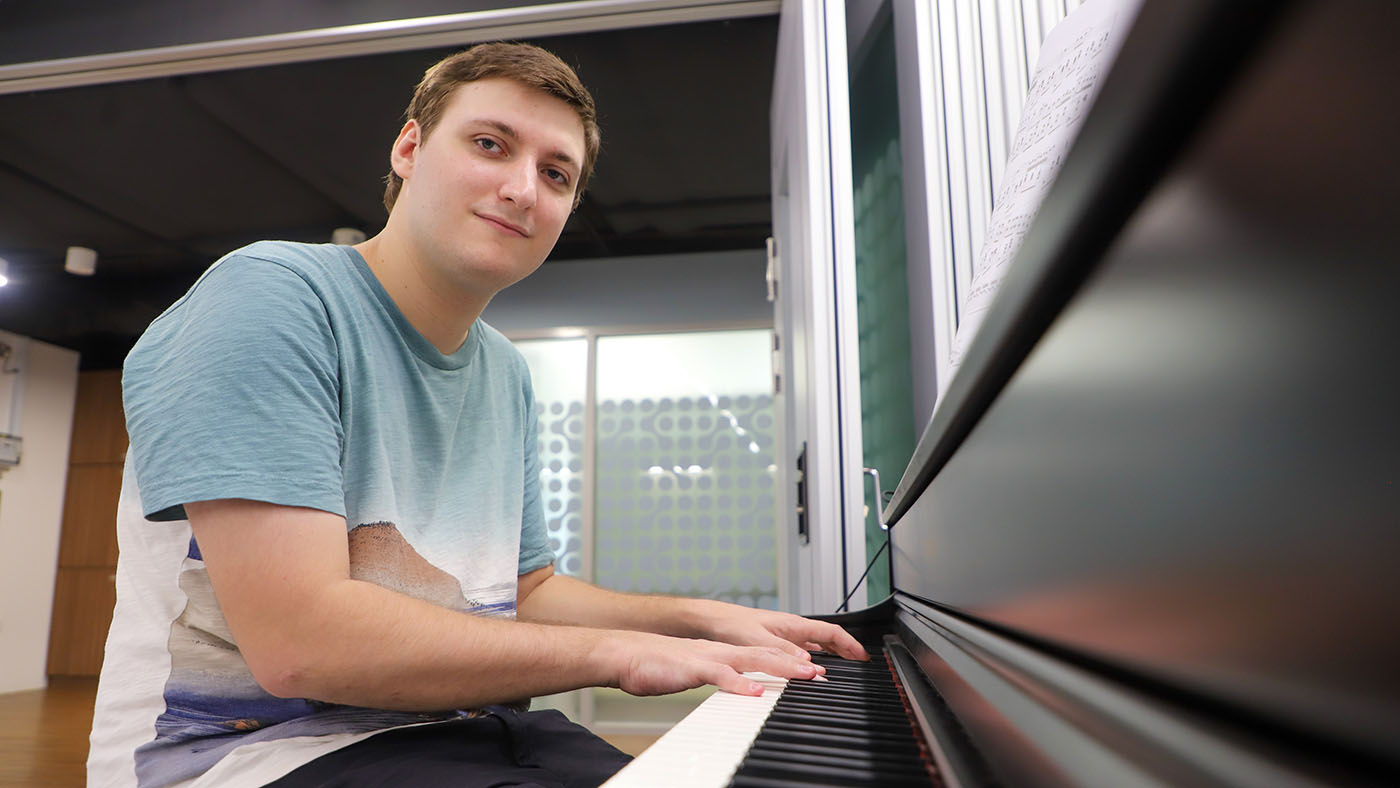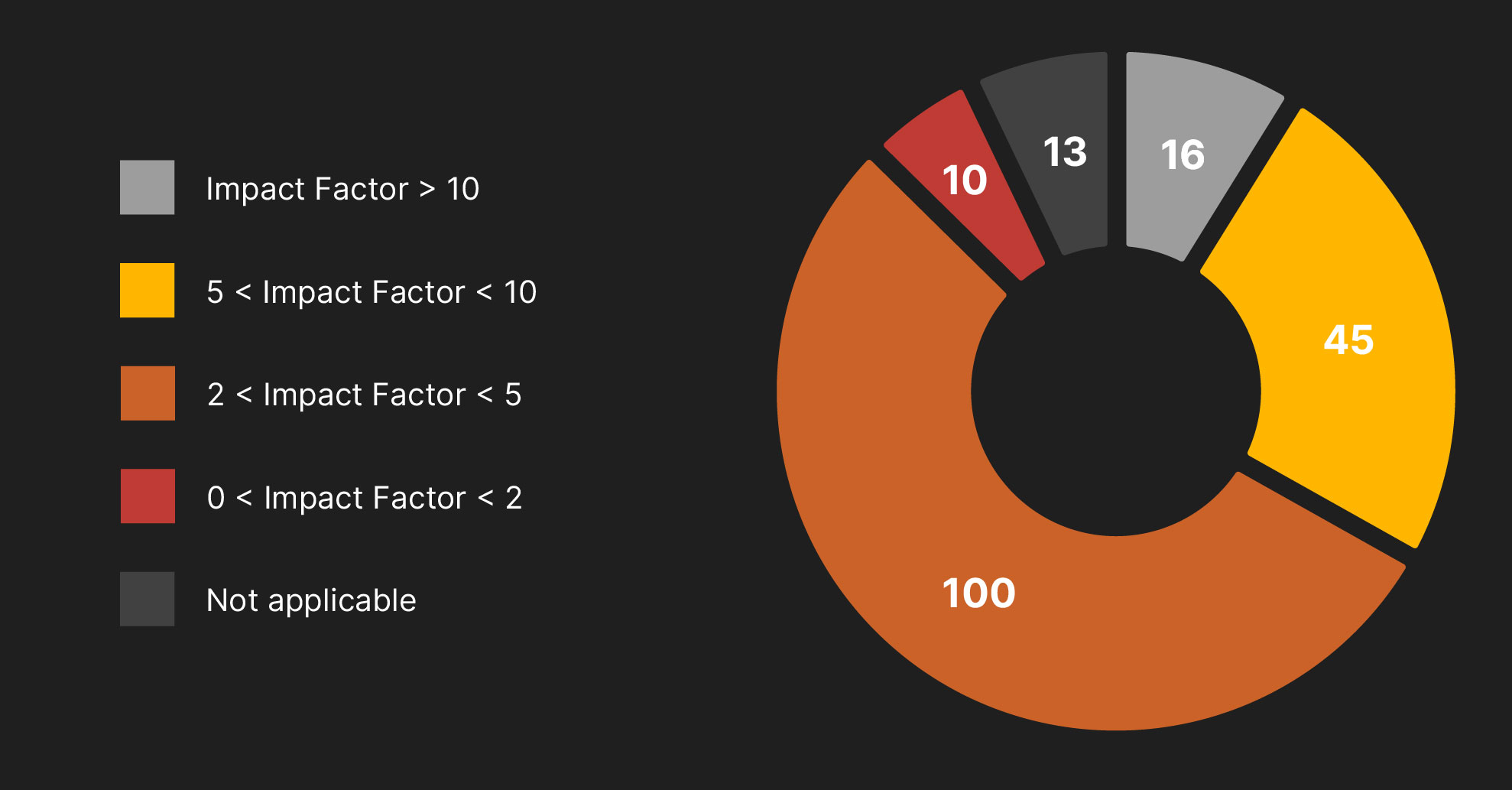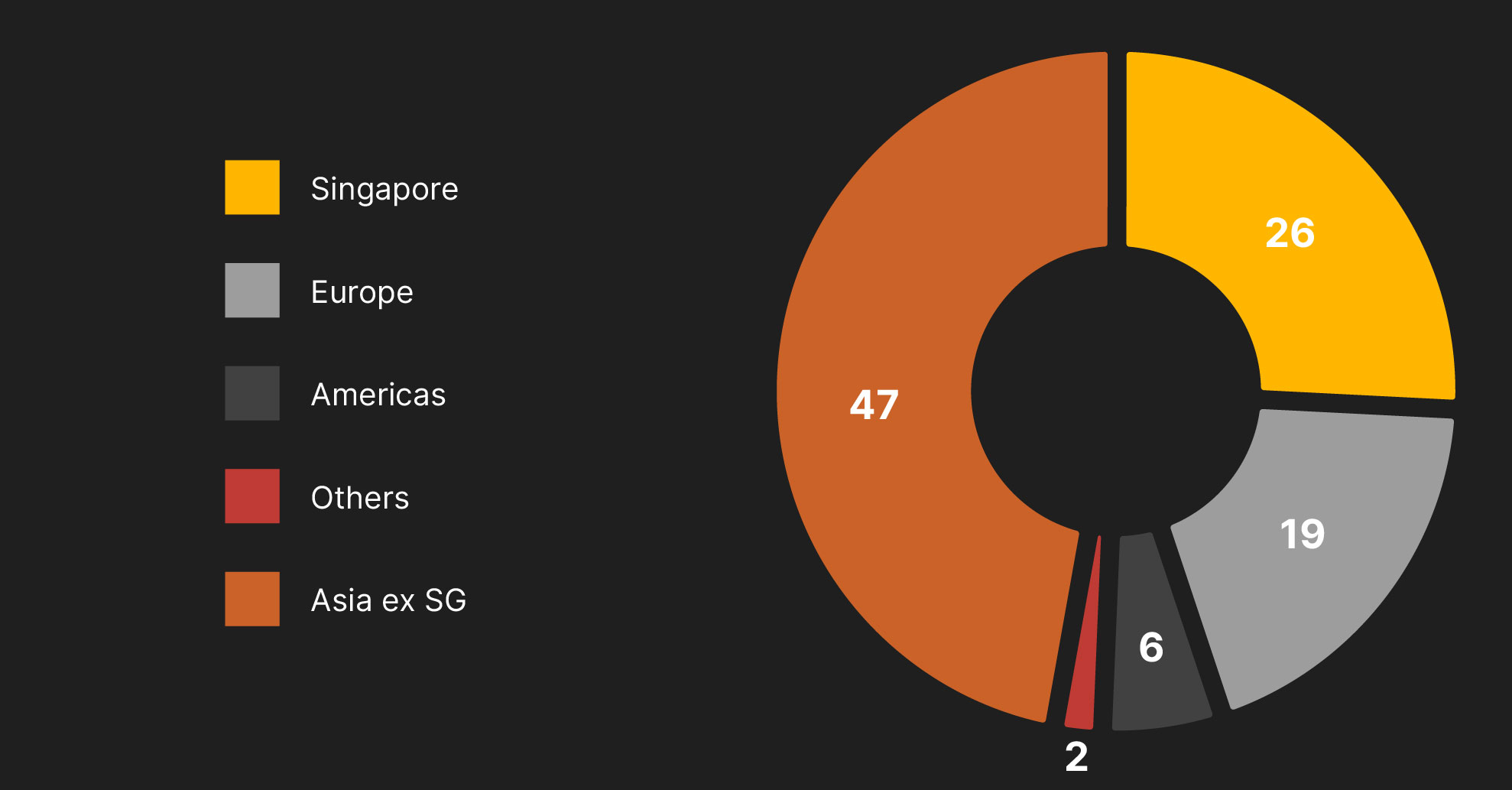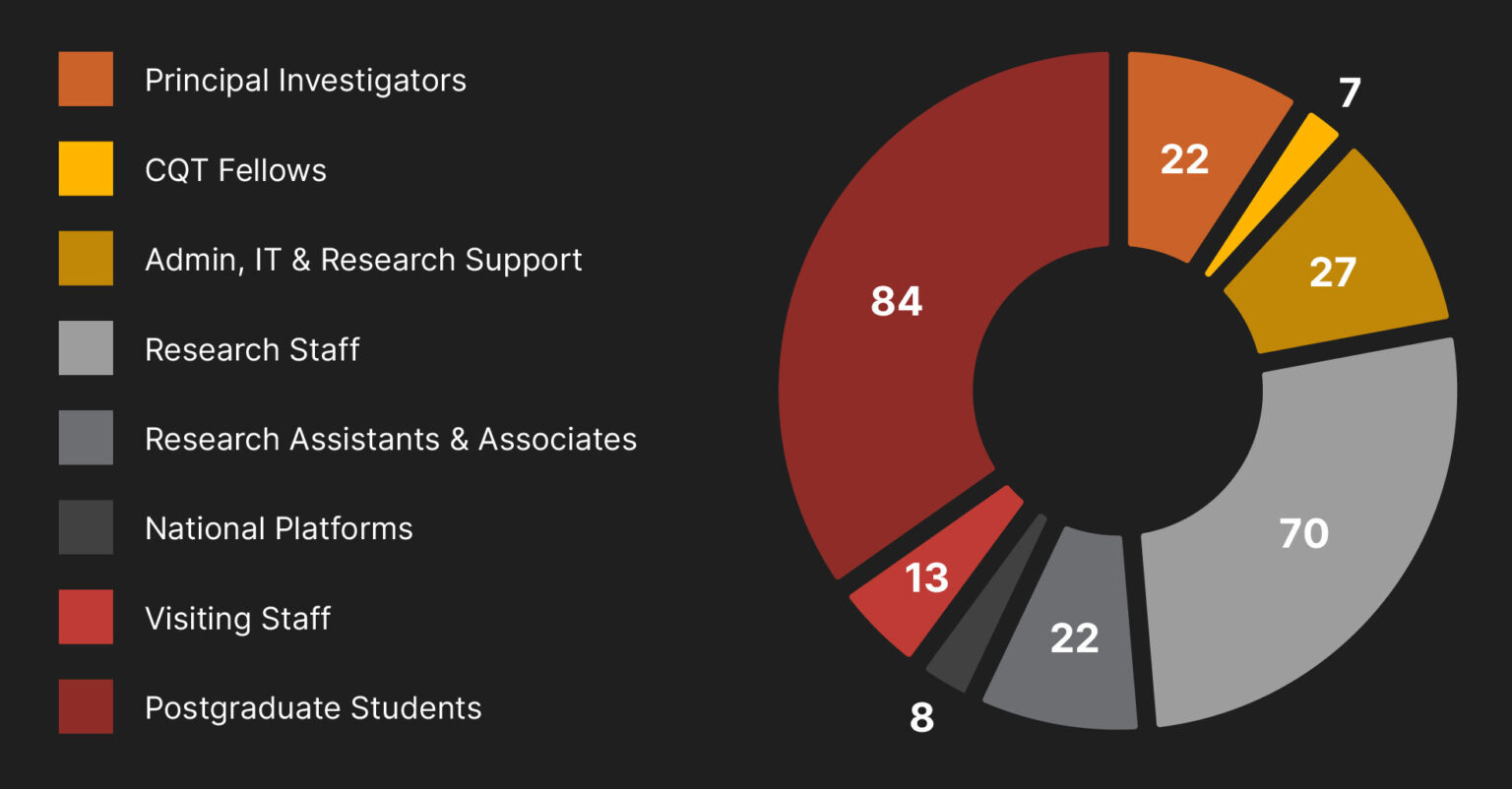Meet a CQTian: Lee Kai Xiang
Kai Xiang, who is working to build a quantum computer using neutral atoms, is one of the first PhD students at CQT under Singapore’s National Quantum Scholarships Scheme
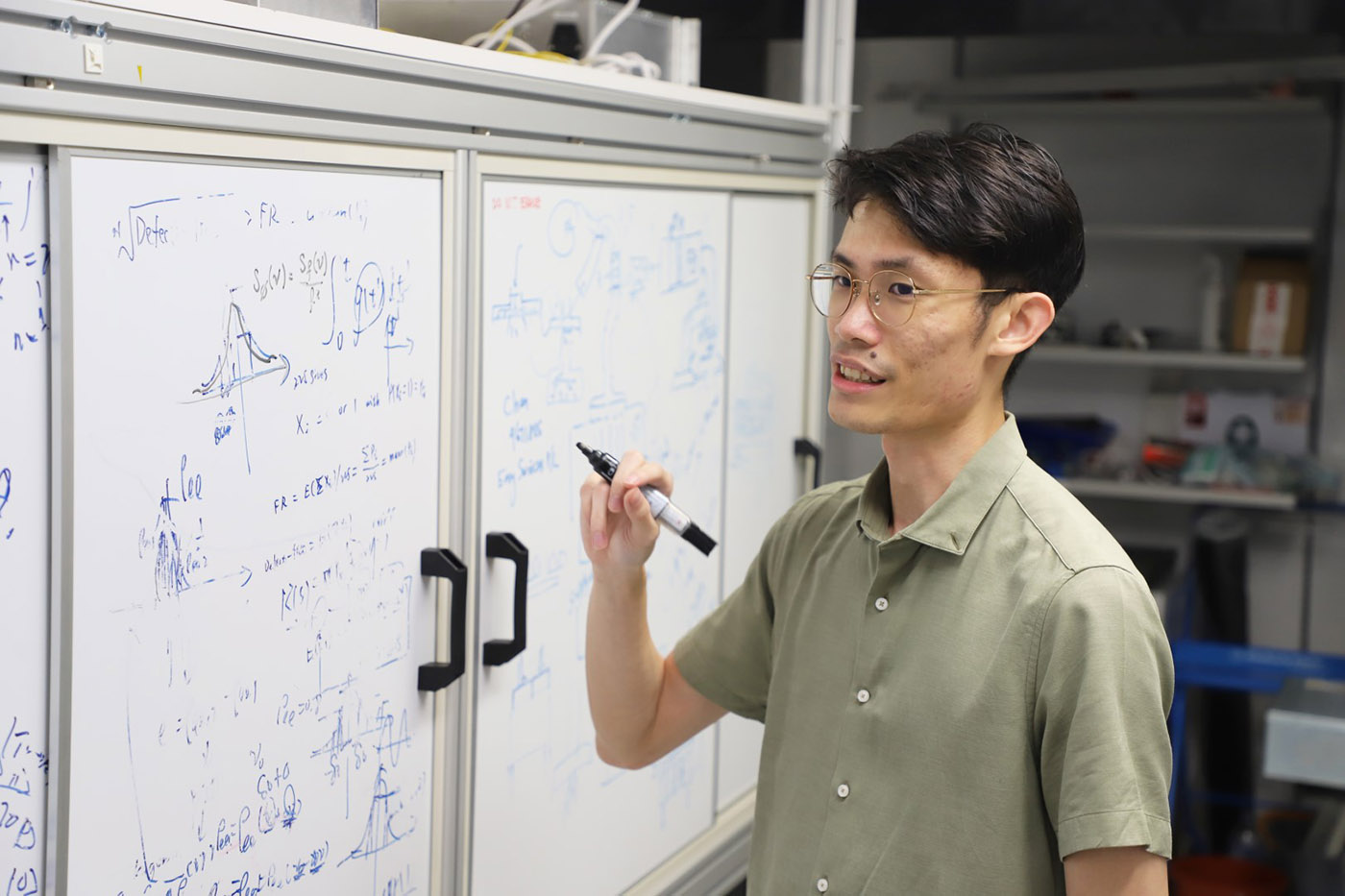
Kai Xiang got hooked on physics in high school. Now he’s designing a quantum computer with David Wilkowski’s group at CQT..
Please introduce yourself and tell us how you arrived at CQT.
Hi, I’m Kai Xiang. I’m a first year PhD student. I was an undergraduate here at the National University of Singapore, and I did my final-year project in CQT with Yvonne Gao. I found it really cool how quantum computing is a different way of computing. I also like that you get to innovate and try new things in this field, and I was curious to see other ways you can approach quantum technologies. So, after I graduated, I went to work with David Wilkowski at Nanyang Technological University as a research assistant. When David told me he has a new project coming up to build a quantum computer for Singapore, he got me hooked.
Yvonne and David are both CQT Principal Investigators doing quantum computing, but their approaches are very different. Can you explain the different technology they use?
Yvonne works on superconducting qubits. She’s trying to do quantum computing where the quantum bits are stored in superconducting cavities, whereas David is trying to do quantum computing in atoms. In this case, the quantum bits are trapped in the electron states of the atoms. These are different ways of encoding the same information.
What is it that you enjoy about research?
I like exploring, learning about new physics and new things, and then afterwards getting to apply the ideas and try them out for myself. The added bonus is being able to work at the front of new technology, so you get to see how what you’re working on translates effectively, hopefully, into something people will be able to use.
What is challenging?
We are planning to design and build an entirely new quantum computer. We want to make it as good as possible and also to give ourselves as much wiggle room as possible in case we want to switch things up. There is often some trade-off between being really good and having this flexibility. We are trying to account for that in our calculations, simulations and design. Trying to figure out how all the different factors contribute and what compromises to make is a bit challenging.
Were there early signs that physics was for you?
I took some physics classes in high school and was immediately captured. You start to learn about things that you can’t see, like nuclear decay or the basics of quantum mechanics, like the photoelectric effect. How can you probe and study things that you can’t even see? I guess that’s what started my interest in physics: unraveling a little bit more of the universe around us that is not clear at first glance.
Do you think this curiosity about the universe shows up in other bits of your life?
So that was my very nice thinking from high school! At this stage, it’s not so much about unraveling the universe. Now, it’s more about applying myself and solving problems that I see in front of me – like the design challenges I mentioned. How do we do things better, or improve
on what other people have done? It’s more about problem solving.
I guess this manifests in my hobby. When I have time, I like to go bouldering. I think it’s a very physicist sport. It’s a lot about problem solving as well. You look at the wall and have the goal to climb up using only the tiles of a certain color. It is about positioning, balancing and figuring out interesting ways to get up the wall.
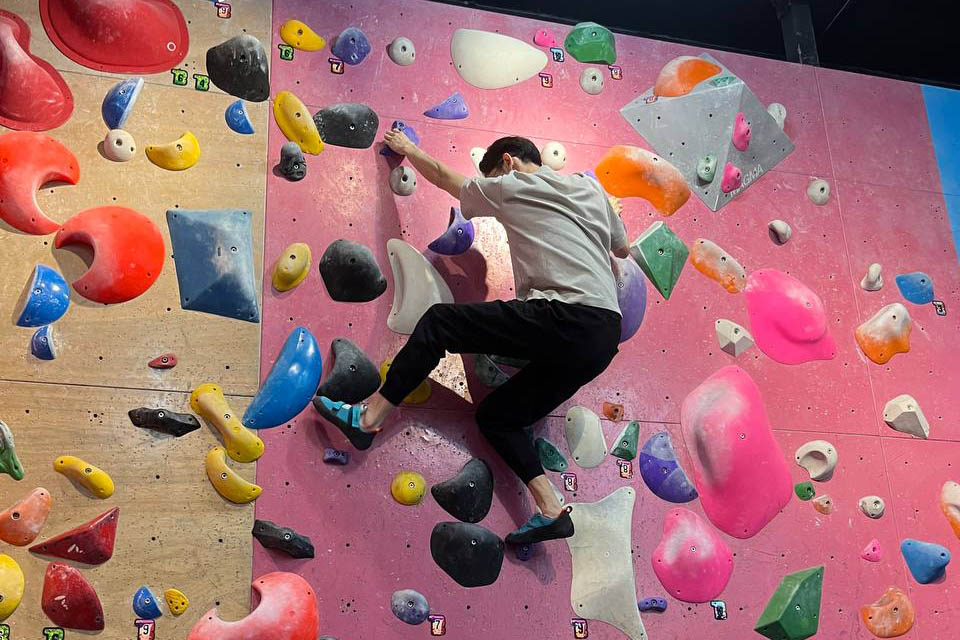
You are driven to share your enthusiasm for science too. Can you tell us about that?
Yes, in my undergraduate years, I joined the Science Journalism Club. It was started by one of my seniors to have a community of students excited about sharing and able to break it down for public audiences. I started off as a writer, then became an editor, and one year in I became President of the club.
What about the outreach you’ve done with CQT?
Some years ago, I helped with CQT’s Quantum Shorts fiction contest, and it was really cool getting a behind the scenes look at the stories. The stories were telling me what people think about quantum as a whole, what it means to them and where they see quantum going in the future.
In my last semester of undergrad, I helped with the National Quantum Computing Hub’s QuTalent platform, transcribing videos and proofreading questions. They have nice videos and courses providing a basic introduction to quantum computing and different aspects of quantum technology. I think it’s important for all researchers to do some outreach to get in touch with what the public thinks about their science.
We’re glad you decided to stay for your PhD!
I like CQT. I like the coffee here. I like all the whiteboards where you can stop and have a discussion with people, and I have a lot of friends in the other groups. Sometimes we bump into each other and share ideas, and it’s nice to see things from a different perspective. I might tell them a problem I am working on, and they can suggest something I didn’t think of before.
